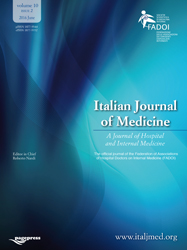Enhancing risk management in hospitals: leveraging artificial intelligence for improved outcomes
All claims expressed in this article are solely those of the authors and do not necessarily represent those of their affiliated organizations, or those of the publisher, the editors and the reviewers. Any product that may be evaluated in this article or claim that may be made by its manufacturer is not guaranteed or endorsed by the publisher.
Authors
In hospital settings, effective risk management is critical to ensuring patient safety, regulatory compliance, and operational effectiveness. Conventional approaches to risk assessment and mitigation frequently rely on manual procedures and retroactive analysis, which might not be sufficient to recognize and respond to new risks as they arise. This study examines how artificial intelligence (AI) technologies can improve risk management procedures in healthcare facilities, fortifying patient safety precautions and guidelines while improving the standard of care overall. Hospitals can proactively identify and mitigate risks, optimize resource allocation, and improve clinical outcomes by utilizing AI-driven predictive analytics, natural language processing, and machine learning algorithms. The different applications of AI in risk management are discussed in this paper, along with opportunities, problems, and suggestions for their effective use in hospital settings.
How to Cite

This work is licensed under a Creative Commons Attribution-NonCommercial 4.0 International License.






